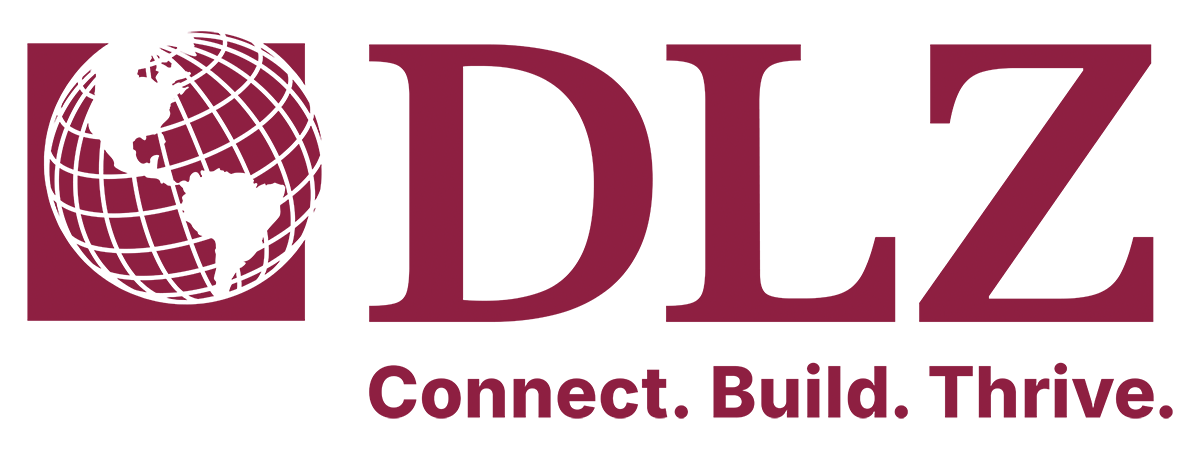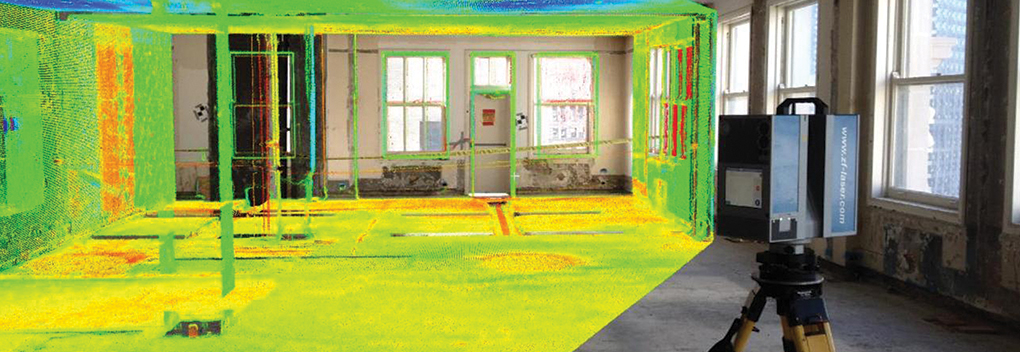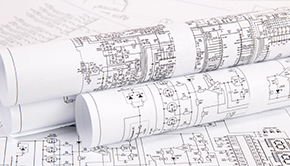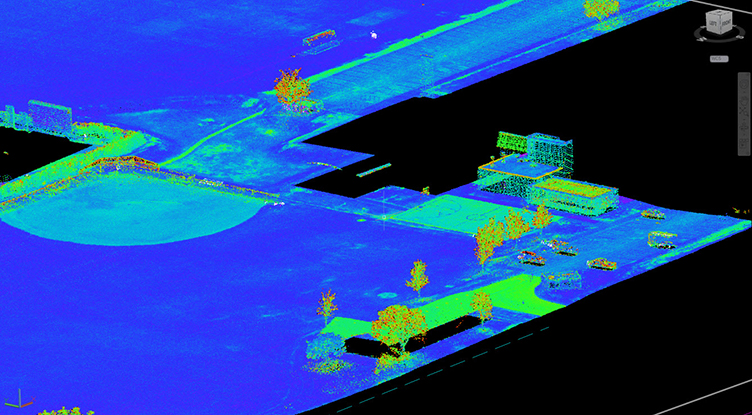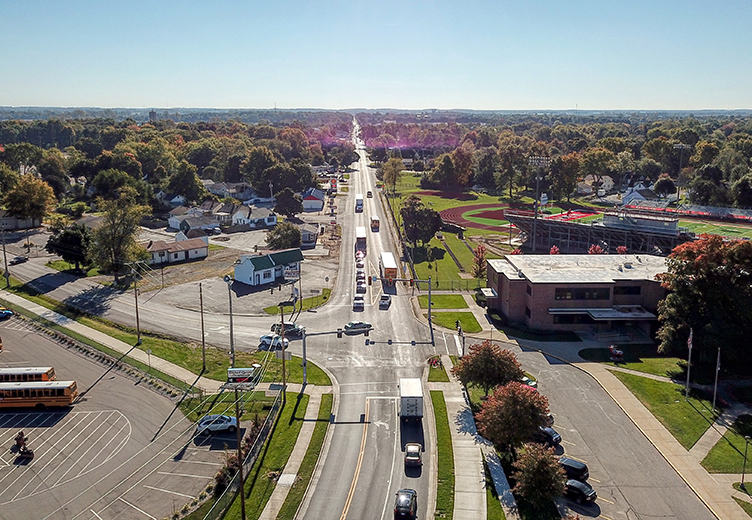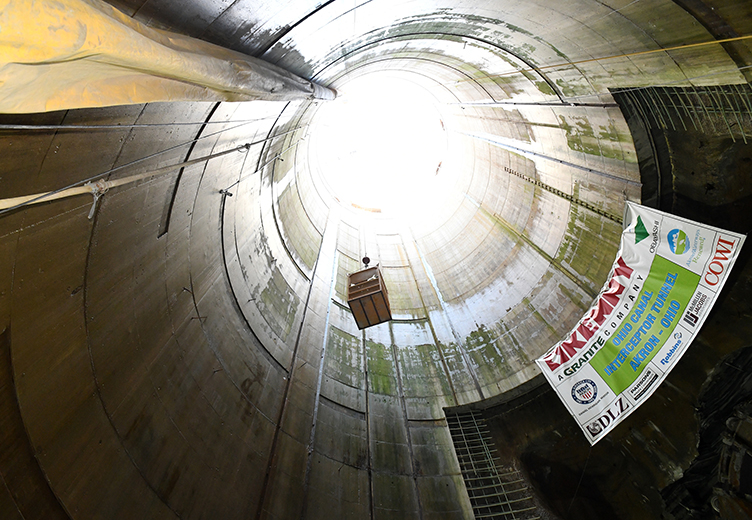How long does it take to design a project? Sometimes not nearly as long as it takes to effectively communicate the design to everyone who needs to understand it. I see it all the time. A set of plans will come across my desk. At first glance, they look good. There is a title sheet, grading plan, utility plan, detail sheet and some calculations. Seems like everything necessary to build the project has been included. If not, a contractor probably can construct a project that resembles the plans by making some assumptions. But is a constructed project that is somewhat like the plans sufficient? Not for most owners. And what about other parties that need to use the plans and calculations?
One of my responsibilities at DLZ is to review consultant stormwater plans for compliance with local standards. Rarely are the submittals mathematically wrong. Most of the concerns found during a review stem from ambiguity.
A common ambiguity relates to describing existing conditions at the project limits. Submittals also frequently include large amounts of calculations without an explanation of what variables were used and why. Plans and calculations must communicate that the design is sound, it meets the minimum requirements of reviewing agencies, and it can be constructed. A plan with ambiguities does not satisfy these three requirements.
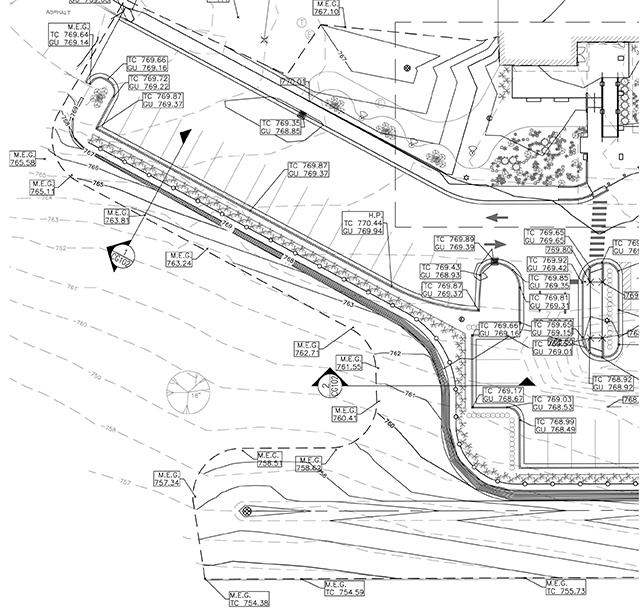
The design professional has more communication tools available than many other professions. There are the graphic elements of the plans sheets, which are supplemented with general notes and specifications. A report narrative can be used to pull the plan graphics and specifications into simple language. Because we are all human, even well communicated design plans, calculations, and associated reports may contain conflicting or problematic information occasionally. This may trigger questions for the designer or cause the user to request more information. A well communicated set of design documents will help everyone concerned discover those issues sooner rather than later. Problems arise when there is a need for any interested party to interpret ambiguous plans. Each audience assumes it understands the designer’s design intent, even if their respective interpretations are different. Neither the audience nor the design professional may realize there is a difference in understanding until the project is complete or at least well under way. That certainly is not the ideal time to first discover and address those issues.
Attorneys’ careers are spent eliminating or exploiting ambiguities in agreements. Design consultants need to show the same care in eliminating ambiguities in their deliverables. An attorney armed with an ambiguity in design plans usually spells trouble.
A mathematically correct design is not enough. The merits of the design can still be totally lost when communication about its intent fails. The design professional must effectively communicate with everyone the basis and intent of their design. There is no ambiguity about that.
